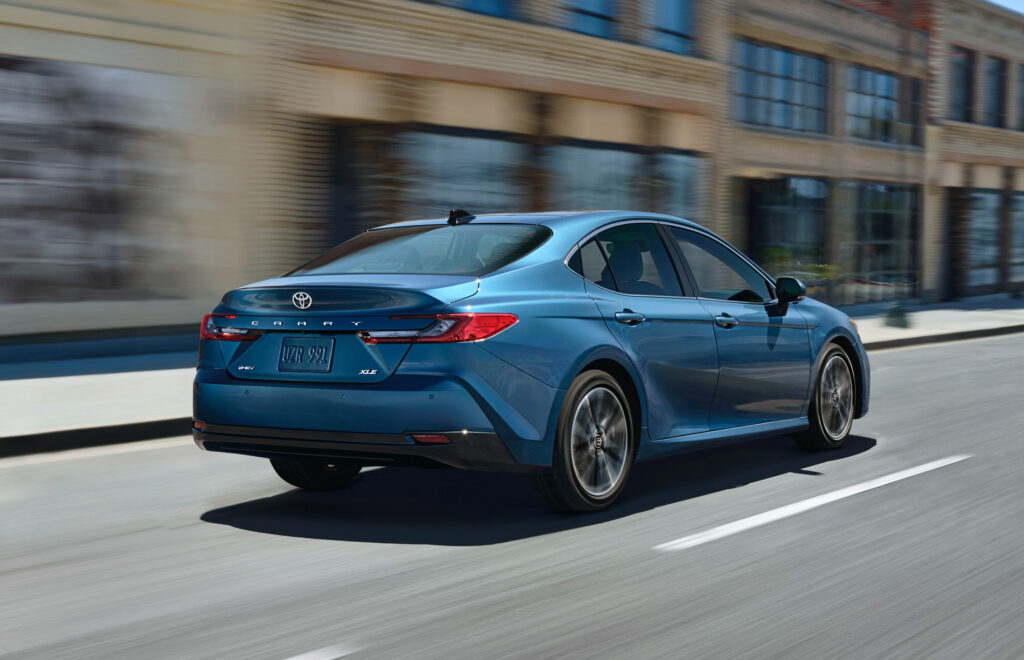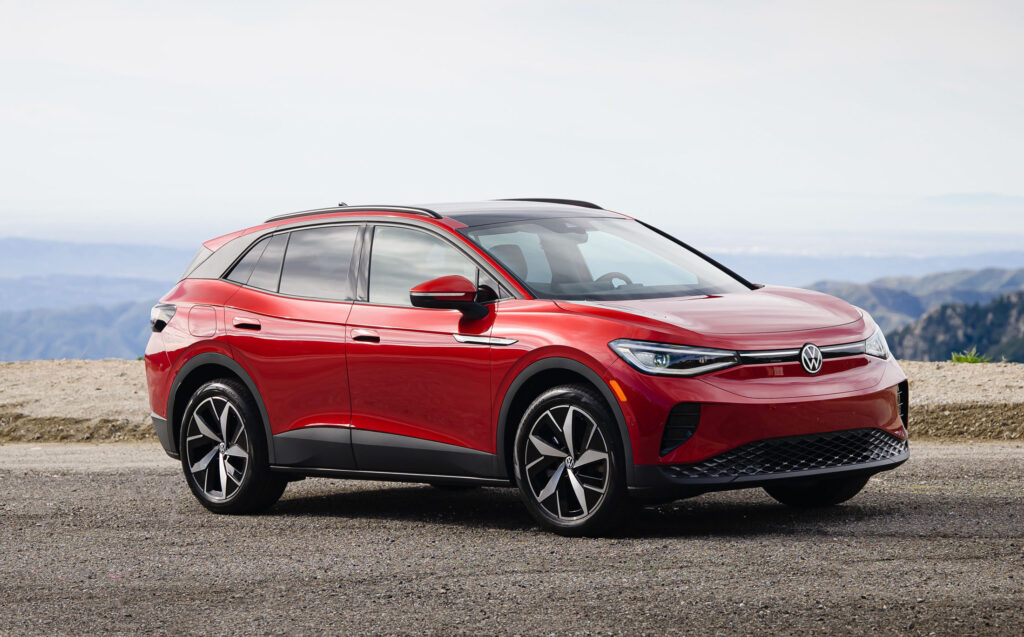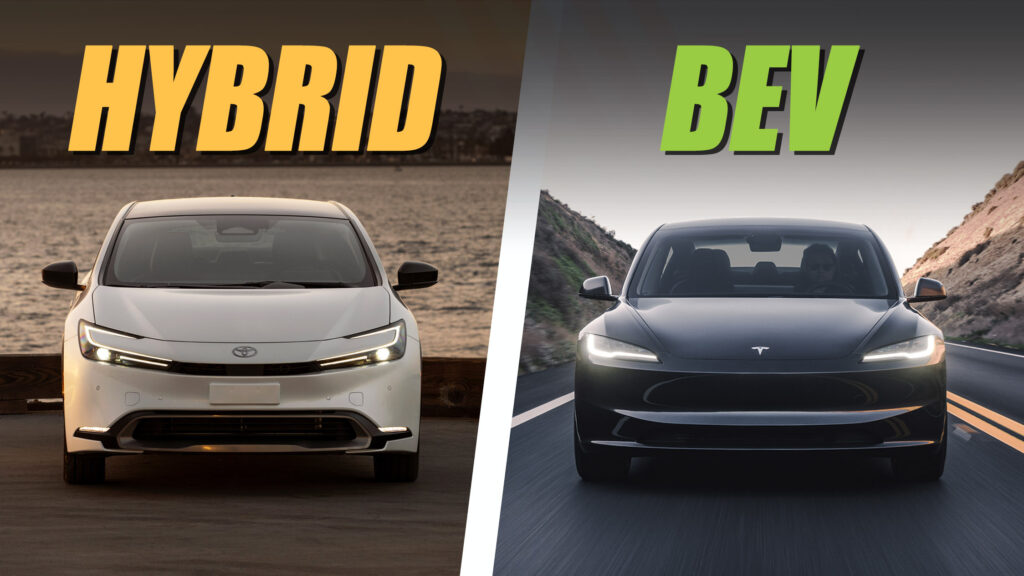- The ICCT calculated 2024 MY vehicle lifecycle emissions by powertrain type.
- Hybrids can be up to 4.9 times dirtier than BEVs, while PHEVs are about twice as polluting.
- ICE SUVs can emit up to 6.7 times more than BEVs charged with 100% renewable energy.
While it’s well-known that battery electric vehicles (BEVs) produce zero tailpipe emissions, scrutiny often falls on their manufacturing and disposal processes. However, a new study by the International Council of Clean Transportation (ICCT) suggests that BEVs are the clear winners when it comes to vehicle lifecycle emissions – particularly when charged with renewable energy.
For the average 2024 model year vehicles in the United States, the environmental impact is stark: self-charging hybrids emit 2.2 (sedans) and 2.5 times (SUVs) more greenhouse gases throughout their lifecycle than their BEV counterparts.
More: Are Hybrids The Best Or Worst Of Both Worlds?
Similarly, plug-in hybrid electric vehicles (PHEVs) for both body types emit approximately twice as much. In contrast, internal combustion engine (ICE) SUVs produce up to 3.5 times the emissions of equivalent BEVs.
The figures cited were based on vehicles charging from the average power grid. However, when BEVs are powered entirely by renewable electricity, hybrid SUVs emit a staggering 4.9 times more, and ICE SUVs an even more alarming 6.7 times more greenhouse gases throughout their lifecycle.
ICCT states that net greenhouse gas emissions over a vehicle’s lifecycle encompass emissions from battery and vehicle manufacturing, feedstock and fuel production, vehicle use, and end-of-life disposal. This comprehensive measure provides a clear view of a car’s environmental impact.

The above assessment updates a 2021 analysis. According to the original study, lifecycle emissions of the average mid-size BEV sold in the US in 2021 were 57-68 percent lower than those of an equivalent ICE vehicle, varying with the charging network used.
For a direct comparison, the updated numbers for 2024 suggest that BEVs are 66-74 percent cleaner compared to their ICE rivals, or up to 85 percent cleaner when renewable electricity is added into the mix.
ICCT also made projections for 2030, when the environmental benefits of BEVs expected to be even greater. Specifically, lifecycle emissions of ICE SUVs from the 2030MY are estimated to be 7.5 times higher than those of equivalent BEVs powered by renewable energy. Furthermore, the study indicates that PHEVs and HEVs have a considerably more limited potential for reducing greenhouse gas emissions compared to BEVs.
You can check out the entire study from the International Council of Clean Transportation using this link.





